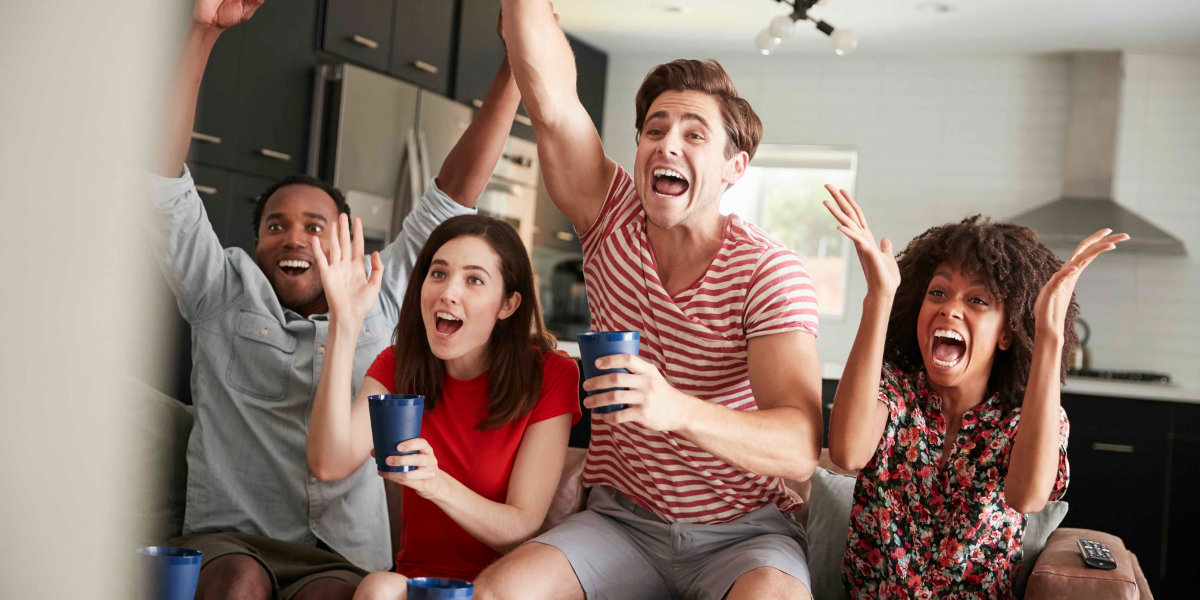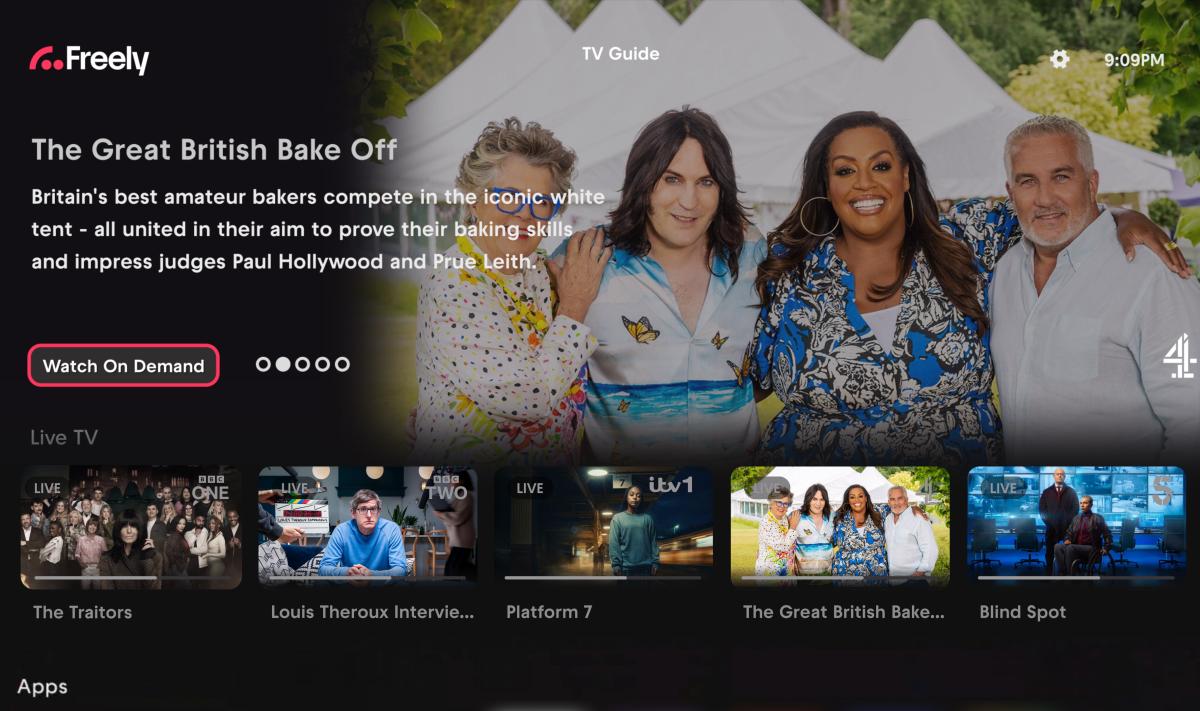 While YouTube has taken steps to fortify brand safety on its platform after a series of scandals over the past year, several third party companies such as OpenSlate now offer their own solutions for advertisers looking for more than YouTube’s built-in tools. Here Jimmy Butchart, managing director EMEA and APAC for OpenSlate discusses how YouTube’s brand safety crises have affected his company, and why social platforms like his own give brands the best chance to avoid cases like that of Logan Paul.
While YouTube has taken steps to fortify brand safety on its platform after a series of scandals over the past year, several third party companies such as OpenSlate now offer their own solutions for advertisers looking for more than YouTube’s built-in tools. Here Jimmy Butchart, managing director EMEA and APAC for OpenSlate discusses how YouTube’s brand safety crises have affected his company, and why social platforms like his own give brands the best chance to avoid cases like that of Logan Paul.
Why do brands choose to use OpenSlate instead of using YouTube’s own targeting abilities?
Our clients work with us because we enable a unique, data-driven model for targeting and verifying suitable content on YouTube. We recognize brand safety is not a one-size-fits-all solution and we think holding companies embrace OpenSlate’s methodology as it allows agencies and brands to control where their message is seen in both TrueView and Google Preferred.
How have YouTube’s brand safety crises affected your business?
OpenSlate has been focused on providing independent solutions for social video brand safety and context since 2012. In these times, brands can’t afford to align with negative or inappropriate content, which has brought a renewed attention to our business. Clients are more clear with what they need, agency teams are more engaged on how it needs to work and Google is working with us to ensure third party measurement is at the forefront of the industry.
Is it possible to protect against cases like that of Logan Paul, a channel which seemingly shifted very quickly from brand safe to problematic, or will YouTube always present an element of risk?
YouTube has made tremendous strides to better control for unsafe content, but the platform is dynamic and that will always pose an element of risk. YouTube content can be challenging for brands to navigate; OpenSlate’s predictive data science gives brands the controls that they need to avoid instances like Logan Paul. In the case of Logan Paul, YouTube acted swiftly to demonetise and remove that content but when it comes to brand safety – even one impression is too many.
There’s a lot of talk about whether YouTube is doing enough to curate content, but are there any other ways you would like to see YouTube change and improve?
The real improvement we can make is to be accountable for what we’re buying as an industry. Google helping to enable agency teams and clients to be accountable for their investment, giving them and their partners the data and insights to really enable investment decisions. Going into it blind of insights and reporting is an error. As an industry we should be splitting our focus between the decisions we make before a campaign and the recommendations we will make from the insights we get from that campaign.
It isn’t purely down to Google. Every major online video advertiser is facing hard questions about “where” their ad is running. They want transparency, granularity and control. Brand advertisers want independent, third-party confirmation of YouTube brand safety.
Facebook’s Watch is expected to go head-to-head with YouTube. Is OpenSlate wedded to YouTube or might we see the platform include other platforms?
OpenSlate’s contextual analytics and data science have broader application beyond YouTube. We expect platform-specific video to continue its explosive growth; the need for 3rd party brand safety measurement will grow apace. We are excited to see Facebook’s video products evolve and scale.
Follow @videoadnews on Twitter




